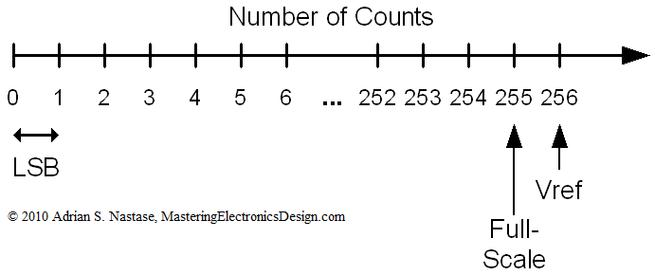
Understanding the Least Significant Bit: A Comprehensive Guide
The least significant bit, often abbreviated as LSB, is a fundamental concept in digital electronics and computer science. It plays a crucial role in various aspects of computing, from data storage to error correction. In this article, we will delve into the intricacies of the least significant bit, exploring its definition, significance, and applications across different domains.
What is the Least Significant Bit?
The least significant bit is the rightmost bit in a binary number. In a binary number system, each digit can only be 0 or 1. The LSB carries the smallest value in the number and is often used to represent the smallest unit of information. For instance, in the binary number 1010, the LSB is 0.

Understanding Binary Numbers
Before we can fully grasp the concept of the least significant bit, it’s essential to understand binary numbers. Unlike the decimal system, which uses 10 digits (0-9), the binary system uses only two digits (0 and 1). Each position in a binary number represents a power of 2, starting from the rightmost bit, which is the LSB.
| Position | Value |
|---|---|
| LSB | 2^0 = 1 |
| Second LSB | 2^1 = 2 |
| Third LSB | 2^2 = 4 |
| Fourth LSB | 2^3 = 8 |
As you move from the LSB to the left, each position represents a higher power of 2. For example, in the binary number 1101, the LSB is 1, the second LSB is 0, the third LSB is 1, and the fourth LSB is 1. The value of this binary number is calculated as 12^3 + 12^2 + 02^1 + 12^0 = 8 + 4 + 0 + 1 = 13.
Significance of the Least Significant Bit
The LSB is significant for several reasons. Firstly, it determines the smallest unit of information in a binary number. Secondly, it is crucial in various operations, such as arithmetic calculations, data compression, and error correction. Lastly, the LSB is essential in digital communication, where it helps to ensure the accuracy of transmitted data.
Applications of the Least Significant Bit
The least significant bit finds applications in various domains, including:
-
Data Storage: The LSB is used to store and retrieve information in binary formats, such as images, audio, and video files.

-
Arithmetic Calculations: The LSB is essential in arithmetic operations, such as addition, subtraction, multiplication, and division, performed on binary numbers.
-
Data Compression: The LSB is used in data compression algorithms to reduce the size of files while maintaining their integrity.
-
Error Correction: The LSB is crucial in error correction techniques, such as Hamming codes, to detect and correct errors in transmitted data.
-
Digital Communication: The LSB is used in digital communication systems to ensure the accuracy of transmitted data, as it helps to identify the smallest changes in the signal.
Conclusion
In conclusion, the least significant bit is a fundamental concept in digital electronics and computer science. It plays a crucial role in various aspects of computing, from data storage to error correction. Understanding the LSB is essential for anyone interested in the inner workings of computers and digital systems.



